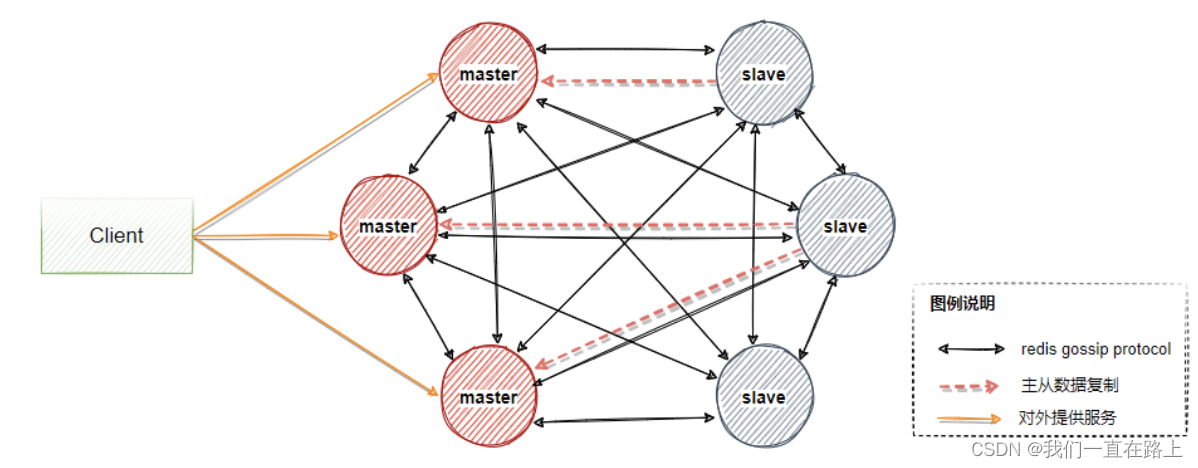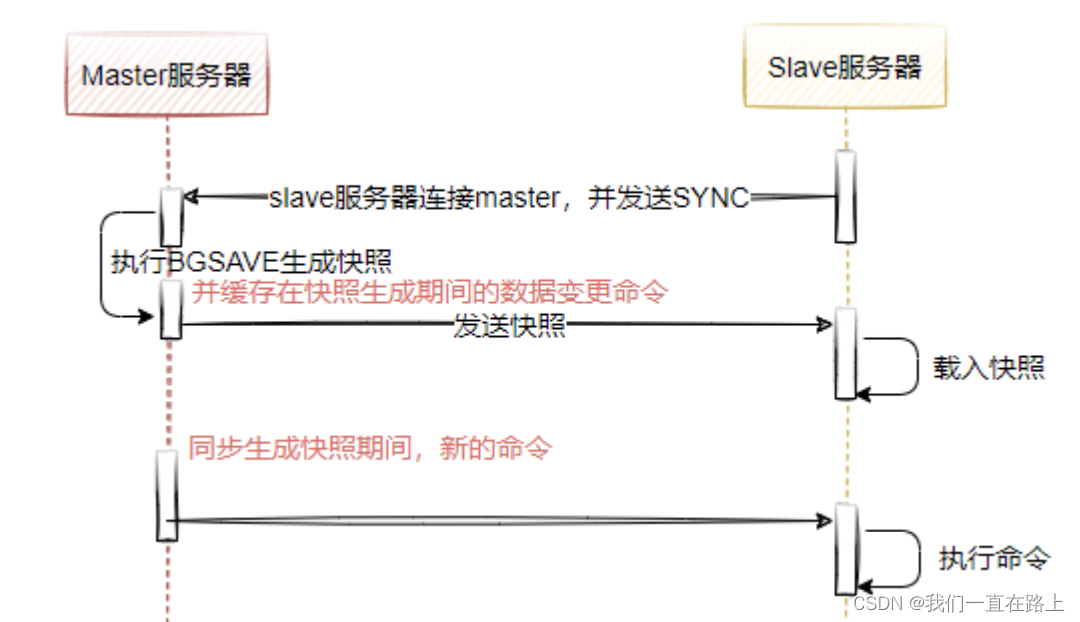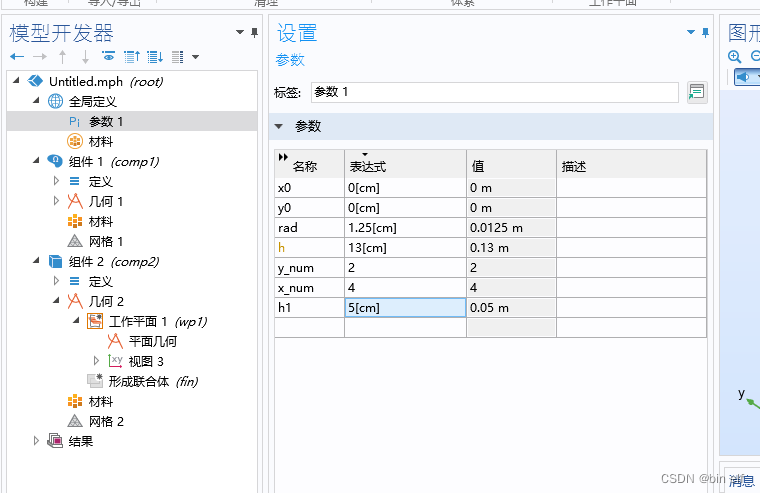当前位置:网站首页>[pytorch modifies the pre training model: there is little difference between the measured loading pre training model and the random initialization of the model]
[pytorch modifies the pre training model: there is little difference between the measured loading pre training model and the random initialization of the model]
2022-07-05 11:48:00 【Network starry sky (LUOC)】
List of articles
1. pytorch Pre training model
The training of convolutional neural network is time-consuming , In many cases, it is impossible to train the network every time from the random initialization parameters .pytorch Several commonly used deep learning network pre training models are included in , Such as VGG、ResNet etc. . Often in order to speed up the progress of learning , At the beginning of training, we directly load pre-train Pre trained parameters in the model ,model The loading of is as follows :
import torchvision.models as models
#resnet
model = models.ResNet(pretrained=True)
model = models.resnet18(pretrained=True)
model = models.resnet34(pretrained=True)
model = models.resnet50(pretrained=True)
#vgg
model = models.VGG(pretrained=True)
model = models.vgg11(pretrained=True)
model = models.vgg16(pretrained=True)
model = models.vgg16_bn(pretrained=True)
2. Modify the number of full connection layer categories
The pre training model is based on resnet50 For example .
model = torchvision.models.resnet50(pretrained=True)
# extract fc Fixed parameters in layer
fc_features = model.fc.in_features
# Change the category to 10, Redefine the last layer
model.fc = nn.Linear(fc_features ,10)
print(model.fc)
Or directly transfer in the number of categories :
self.resnet = torchvision.models.resnet50(pretrained=False,num_classes=10)
3. Modify the convolution of a certain layer
The pre training model is based on resnet50 For example .
model = torchvision.models.resnet50(pretrained=True)
# Redefine the number of input channels of the first layer convolution
model.conv1 = nn.Conv2d(4, 64, kernel_size=7, stride=2, padding=3, bias=False)
4. Modify the convolution of certain layers
4.1 Remove the last two layers (fc Layer and the pooling layer )
The pre training model is based on resnet50 For example .
nn.module Of model It contains a called children() Function of , This function can be used to extract model The network structure of each layer , On this basis, it can be modified , The modification method is as follows ( Remove the last two layers ):
resnet_50_s = torchvision.models.resnet50(pretrained=False)
resnet_layer = nn.Sequential(*list(resnet_50_s.children())[:-2])
self.resnet = resnet_layer
After removing the pre training resnet The last two layers of the model (fc Layer and the pooling layer ) after , Add a new upper sampling layer 、 Pool layer and classification layer , The code to build the network is as follows :
class Net_resnet50_upsample(nn.Module):
def __init__(self):
super(Net_resnet50_upsample, self).__init__()
self.conv = nn.Conv2d(1, 3, kernel_size=1)
resnet_50_s = torchvision.models.resnet50(pretrained=False)
resnet_layer = nn.Sequential(*list(resnet_50_s.children())[:-2])
self.resnet = resnet_layer
# print(self.resnet)
self.up7to14=nn.UpsamplingNearest2d(scale_factor=2)
self.avgpool=nn.AvgPool2d(7,stride=2)
self.fc = nn.Sequential(
nn.Linear(2048 * 4 * 4, 1024),
nn.ReLU(inplace=True),
nn.Linear(1024, 128),
nn.ReLU(inplace=True),
nn.Linear(128, 10))
def forward(self, x):
x = self.conv(x)
x = self.resnet(x)
x=self.up7to14(x)
x=self.avgpool(x)
x = x.view(x.size(0), -1)
x = self.fc(x)
return x
4.2 Add or remove multiple convolution layers
Sometimes it is necessary to modify the hierarchy in the network , At this time, only the method of parameter coverage can be used , That is to define a similar network first , Then extract the parameters in the pre training to their own network . Here we use resnet Examples of pre training models .
# coding=UTF-8
import torchvision.models as models
import torch
import torch.nn as nn
import math
import torch.utils.model_zoo as model_zoo
#Bottleneck It's a class It defines the use of 1*1 A residual block for dimension reduction and dimension increase with the convolution kernel of , Can be in github resnet pytorch Check out
class Bottleneck(nn.Module):
expansion = 4
def __init__(self, inplanes, planes, stride=1, downsample=None):
super(Bottleneck, self).__init__()
self.conv1 = nn.Conv2d(inplanes, planes, kernel_size=1, bias=False)
self.bn1 = nn.BatchNorm2d(planes)
self.conv2 = nn.Conv2d(planes, planes, kernel_size=3, stride=stride,
padding=1, bias=False)
self.bn2 = nn.BatchNorm2d(planes)
self.conv3 = nn.Conv2d(planes, planes * 4, kernel_size=1, bias=False)
self.bn3 = nn.BatchNorm2d(planes * 4)
self.relu = nn.ReLU(inplace=True)
self.downsample = downsample
self.stride = stride
def forward(self, x):
residual = x
out = self.conv1(x)
out = self.bn1(out)
out = self.relu(out)
out = self.conv2(out)
out = self.bn2(out)
out = self.relu(out)
out = self.conv3(out)
out = self.bn3(out)
if self.downsample is not None:
residual = self.downsample(x)
out += residual
out = self.relu(out)
return out
# Layers that are not modified cannot be named randomly , Otherwise, the pre training weight parameter cannot be passed in
class CNN(nn.Module):
def __init__(self, block, layers, num_classes=9):
self.inplanes = 64
super(CNN, self).__init__()
self.conv1 = nn.Conv2d(3, 64, kernel_size=7, stride=2, padding=3,
bias=False)
self.bn1 = nn.BatchNorm2d(64)
self.relu = nn.ReLU(inplace=True)
self.maxpool = nn.MaxPool2d(kernel_size=3, stride=2, padding=1)
self.layer1 = self._make_layer(block, 64, layers[0])
self.layer2 = self._make_layer(block, 128, layers[1], stride=2)
self.layer3 = self._make_layer(block, 256, layers[2], stride=2)
self.layer4 = self._make_layer(block, 512, layers[3], stride=2)
self.avgpool = nn.AdaptiveAvgPool2d(output_size=(1,1))
# Add a new anti roll layer
self.convtranspose1 = nn.ConvTranspose2d(2048, 2048, kernel_size=3, stride=1, padding=1, output_padding=0,
groups=1, bias=False, dilation=1)
# Add a maximum pooling layer
self.maxpool2 = nn.MaxPool2d(kernel_size=3, stride=1, padding=1)
# Remove the original fc layer , Add a new one fclass layer
self.fclass = nn.Linear(2048, num_classes)
for m in self.modules():
if isinstance(m, nn.Conv2d):
n = m.kernel_size[0] * m.kernel_size[1] * m.out_channels
m.weight.data.normal_(0, math.sqrt(2. / n))
elif isinstance(m, nn.BatchNorm2d):
m.weight.data.fill_(1)
m.bias.data.zero_()
def _make_layer(self, block, planes, blocks, stride=1):
downsample = None
if stride != 1 or self.inplanes != planes * block.expansion:
downsample = nn.Sequential(
nn.Conv2d(self.inplanes, planes * block.expansion,
kernel_size=1, stride=stride, bias=False),
nn.BatchNorm2d(planes * block.expansion),
)
layers = []
layers.append(block(self.inplanes, planes, stride, downsample))
self.inplanes = planes * block.expansion
for i in range(1, blocks):
layers.append(block(self.inplanes, planes))
return nn.Sequential(*layers)
def forward(self, x):
x = self.conv1(x)
x = self.bn1(x)
x = self.relu(x)
x = self.maxpool(x)
x = self.layer1(x)
x = self.layer2(x)
x = self.layer3(x)
x = self.layer4(x)
x = self.avgpool(x)
# Newly added layer forward
x = x.view(x.size(0), -1)
x = self.convtranspose1(x)
x = self.maxpool2(x)
x = x.view(x.size(0), -1)
x = self.fclass(x)
return x
# load model
resnet50 = models.resnet50(pretrained=False)
print(resnet50)
cnn = CNN(Bottleneck, [3, 4, 6, 3]) #3 4 6 3 respectively layer1 2 3 4 in Bottleneck The number of modules .res101 Then for 3 4 23 3
# Read parameters
pretrained_dict = resnet50.state_dict()
model_dict = cnn.state_dict()
# take pretrained_dict It doesn't belong to model_dict Key out of
pretrained_dict = {
k: v for k, v in pretrained_dict.items() if k in model_dict}
# Update existing model_dict
model_dict.update(pretrained_dict)
# Load what we really need state_dict
cnn.load_state_dict(model_dict)
# print(resnet50)
print(cnn)
Results contrast :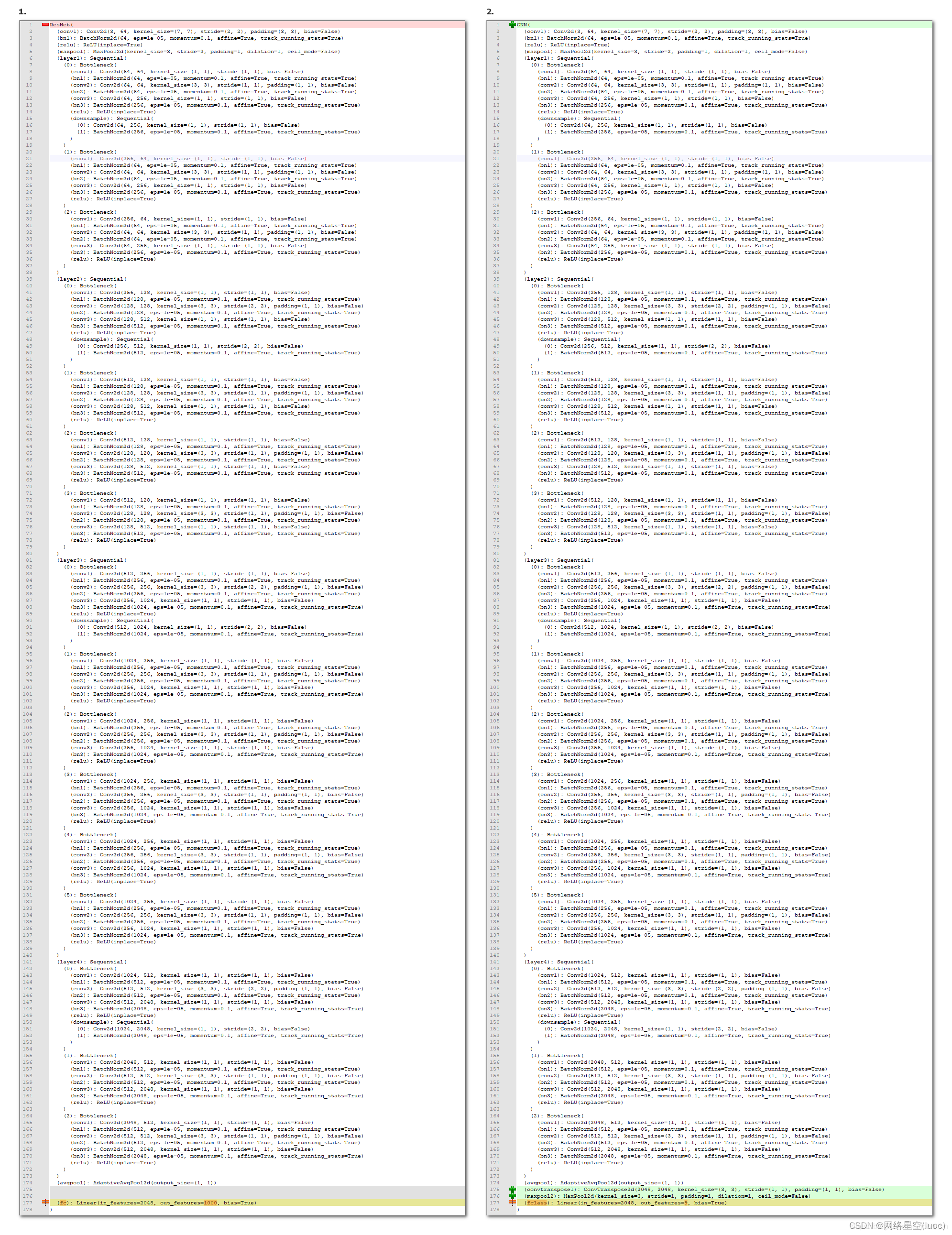
The knowledge points of the article match the official knowledge files , You can further learn relevant knowledge
边栏推荐
- Solve readobjectstart: expect {or N, but found n, error found in 1 byte of
- 多表操作-自关联查询
- Pytorch softmax regression
- ZCMU--1390: 队列问题(1)
- [singleshotmultiboxdetector (SSD, single step multi frame target detection)]
- Cron expression (seven subexpressions)
- Guys, I tested three threads to write to three MySQL tables at the same time. Each thread writes 100000 pieces of data respectively, using F
- 871. Minimum Number of Refueling Stops
- Acid transaction theory
- 【上采样方式-OpenCV插值】
猜你喜欢
随机推荐
pytorch-多层感知机MLP
Troubleshooting of high memory usage of redis in a production environment
Codeforces Round #804 (Div. 2)
阻止浏览器后退操作
Principle of persistence mechanism of redis
15 methods in "understand series after reading" teach you to play with strings
Splunk configuration 163 mailbox alarm
13. (map data) conversion between Baidu coordinate (bd09), national survey of China coordinate (Mars coordinate, gcj02), and WGS84 coordinate system
Crawler (9) - scrape framework (1) | scrape asynchronous web crawler framework
pytorch-权重衰退(weight decay)和丢弃法(dropout)
Zcmu--1390: queue problem (1)
c#操作xml文件
[loss functions of L1, L2 and smooth L1]
Thoughts and suggestions on the construction of intelligent management and control system platform for safe production in petrochemical enterprises
Riddle 1
[crawler] Charles unknown error
redis主从模式
石油化工企业安全生产智能化管控系统平台建设思考和建议
网络五连鞭
View all processes of multiple machines
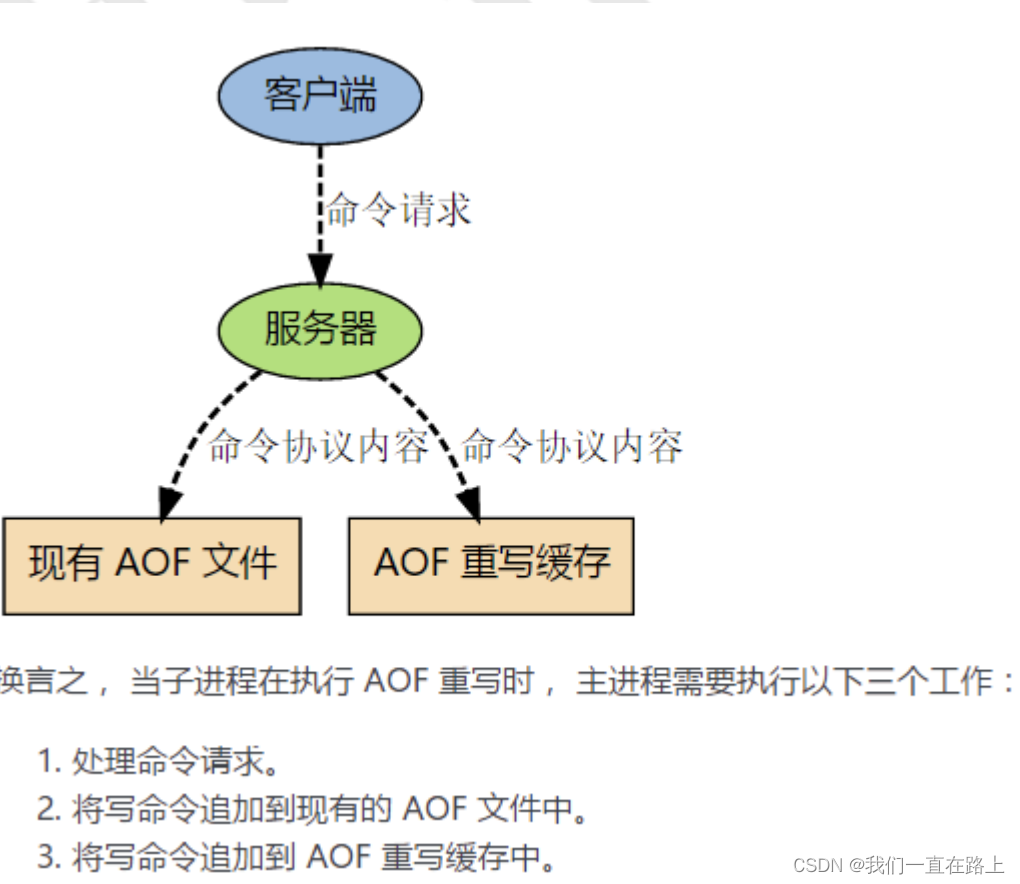
![[upsampling method opencv interpolation]](/img/6b/5e8f3c2844f0cbbbf03022e0efd5f0.png)


